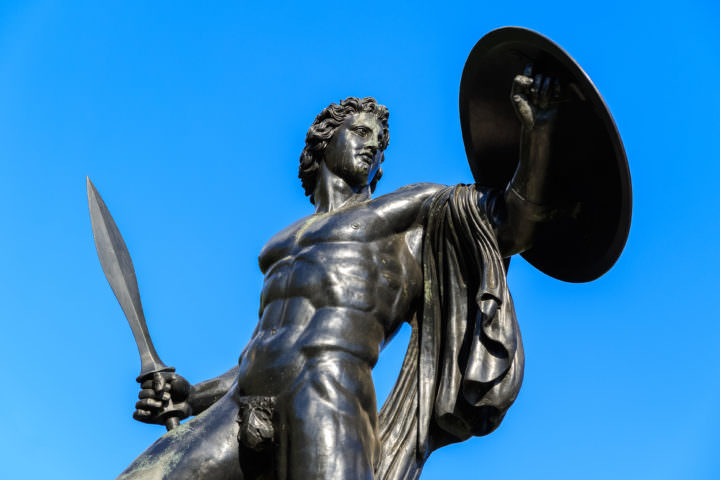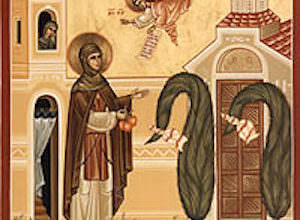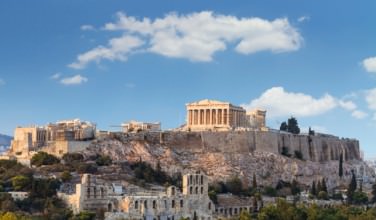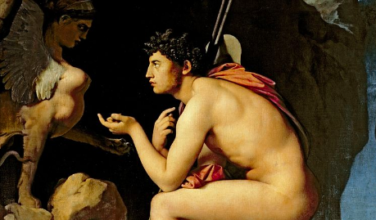About the Army of the Mycenaean Civilization
Comments Off on About the Army of the Mycenaean Civilization
 After the Minoan Civilization crumbled, the Mycenaeans took over as the successful civilization of Ancient Greece. There is some debate as to why the Minoans collapsed, but one of the theories is that they were overtaken by an invasion by the Mycenaeans.
After the Minoan Civilization crumbled, the Mycenaeans took over as the successful civilization of Ancient Greece. There is some debate as to why the Minoans collapsed, but one of the theories is that they were overtaken by an invasion by the Mycenaeans.
Unlike the Minoans, the Mycenaeans were known for their military and their conquests to the point where many of the Ancient Greek myths and legends that involved heroes originated with the Mycenaeans.
It stands to reason that a culture that celebrated heroes in its storytelling tradition will have a good army. Here’s a closer look at the military of the Mycenaeans:
About the Mycenaean Culture
The Mycenaean civilization existed for roughly 500 years, from approximately 1600-1100 B.C. This civilization has the distinction of being considered both the last of the Late Bronze Age cultures in ancient Greece as well as the first of the more advanced cultural systems that utilized writing and prioritized social structure and civic projects.
Most of the classical Greek mythology finds its context during this period of Greek history. Homer’s works the Iliad and the Odyssey are both set sometime during the 12th century, and the Mycenaean characters are often portrayed as being focused on their prowess on the battlefield.
Mycenaean Archaeological Sites
What we know about the Mycenaean culture was, for the most part, derived from observing the known archaeological sites that date back to this time period. Dig sites can be found throughout the Peloponnese, such as in Mycenae and Tiryns. There’s also an archaeological museum located next to the dig site at Mycenae that could be worth a visit. Weapons are among those things that were found at the dig sites and some of them are on display at the museum. This indicates that there was a warrior culture during Mycenaean times in Ancient Greece.
A Militaristic Mindset
The Mycenaeans were known to be a warring people who placed a high priority on their military prowess and honoring the mighty warriors of their day. From the common people to the upper class, every part of Mycenaean society celebrated its soldiers. In fact, the people were required to supply plenty of men that would eventually become soldiers.
As mentioned above, there are many artifacts have been unearthed that depict soldiers and battle scenes, and many weapons from the era have been found in these dig sites. Expanding territory and protecting the honor of a person or kingdom were paramount. In addition, two of the major gods of Greek mythology, Ares and Athena, are exemplified as strong and conquering figures.
Types of Weapons Used
Weaponry used by the Mycenaeans is consistent with other cultures during their time period of the Late Bronze Age. At the beginning of the Mycenaean culture’s rise to prominence, the weapons routinely used consisted of large, heavy pieces like spears, shields and swords. Bows and arrows were also standard battle weapons. Over the following centuries weapons would become smaller and more lightweight.
The body armor used during this time period utilized bronze pieces fit together to protect the torso. While the armor was designed to allow the soldier freedom of movement, it was still heavy at approximately 40 pounds. Helmets made from the tusks of boars were commonly used for the entirety of the civilization. Though others were in use at the time, the boar’s tusk helmet has come to typify a Mycenaean battle helmet.
War chariots were also in use at the time, though how exactly they were used has not been established by archeology.
The Mycenaean civilization was one of great military conquests and war heroes and has contributed to much of what we typically think of as “Greek”. The events that brought about the collapse of this powerful culture are lost to history, at least for now, but the legends of their military strength live on. For the Greeks, this era originated many of the heroic stories and tales that are still being told to this day.
Categorized in: Ancient Greek History
This post was written by Greek Boston
Share this Greek History Article:





